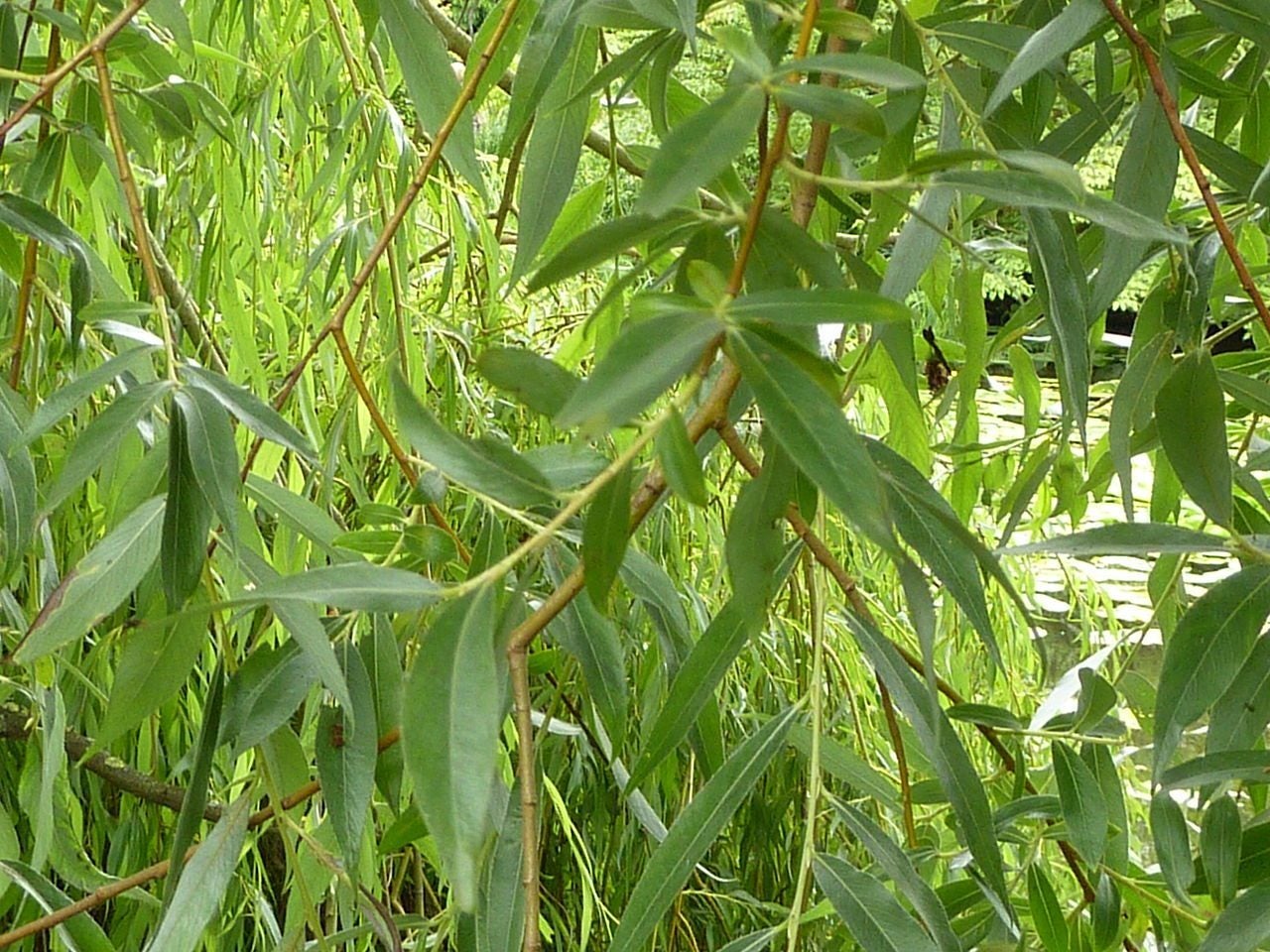Golden Willow Information – How To Grow A Golden Willow Tree


What is a golden willow? It is a variety of white willow, a common tree native to Europe, central Asia, and northern Africa. Golden willow is like white willow in many ways, but its new stems grow in a bright golden color. Growing golden willows is not difficult in the appropriate location. Read on for more golden willow information.
What is a Golden Willow Tree?
European settlers brought white willow (Salix alba) into this country in the 1700's, and over the centuries, it escaped and naturalized across the continent. Its bark is a dark tan color. One of the variations developed from white willow is the golden willow (Salix alba ‘Vitellina’). So, what is a golden willow exactly? According to golden willow information, it is a tree that looks like white willow but produces new growth the color of egg yolks.
Growing Golden Willows
These willows grow in U.S. Department of Agriculture plant hardiness zones 2 through 9. That means that if you live in the continental U.S., you can probably start growing the trees. The bright new stems really stand out in your backyard in winter and provide interest to the dormant garden. In fact, many gardeners start growing golden willow trees because of the unusual color of the stems. That’s why golden willow is often grown as a multiple-stemmed bush rather than a single stem tree. If you grow it for the color of the young bark, you’ll want as many new trunks each year as you can get. If you are wondering how to grow a golden willow, you’ll be happy to hear that it doesn’t require much maintenance. Golden willow tree care isn’t lengthy or complicated. Plant the golden willow in a sunny location in well-draining soil for best growth. The tree also grows in partial shade. Golden willows have cultural requirements similar to those of other willow trees. That means that golden willow tree care is pretty much the same as any type of willow care, so think about planting it in a location with wet or moist soil. Golden willow tree care might also include heavy pruning. If you want the tree to grow as a multi-stemmed shrub, cut the branches back close to the ground every winter. Do this before new growth appears. Since golden willow grows quickly, you may see shoots taller than you are before the end of the growing season.
Sign up for the Gardening Know How newsletter today and receive a free copy of our e-book "How to Grow Delicious Tomatoes".

Teo Spengler is a master gardener and a docent at the San Francisco Botanical Garden, where she hosts public tours. She has studied horticulture and written about nature, trees, plants, and gardening for more than two decades, following a career as an attorney and legal writer. Her extended family includes some 30 houseplants and hundreds of outdoor plants, including 250 trees, which are her main passion. Spengler currently splits her life between San Francisco and the French Basque Country, though she was raised in Alaska, giving her experience of gardening in a range of climates.